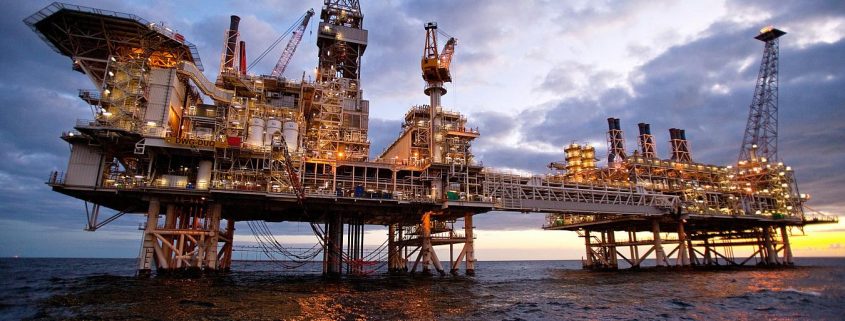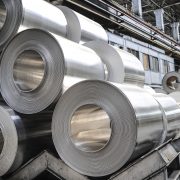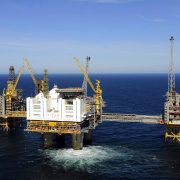West Texas drillers could weaken any OPEC agreement on extending the cuts
All the Oil producing countries which have a deal with OPEC, along with Russia, can extend their deals. But at the same time this will be a green light for United States oil producers.
If the price oscillates following levels between $50 and $60, these are the great news for the U.S. oil drillers. They will gain profit on way broadly group of drilling sites. OPEC’s new deal could speed up the market rebalance. Rather, the numerous U.S. shale drillers could also release bigger amounts to surpass OPEC’s price gains.
Mainly the market analysts wait for oil price to rise close to $60, or even $60 by the end of the year. But the prices are not expected to climb much higher.
“Basically U.S. supply is coming on faster than we anticipated. Now you have a higher inventory level to begin with, and a slower decline. That means in our view, prices are likely to be lower on average.” (Francisco Blanch, Bank of America Merrill Lynch.)
“The Brent crude will come to average $54 per barrel this year, from an average $61 per barrel. ”
He doesn’t expect much of an increase neither for 2018. The Brent will probably gain the price of $56 per barrel, versus his previous forecast of an average $65.
Different opinions
Ed Morse from Citigroup said he thinks it would be a way better if the OPEC agrees on a deeper cuts.
“I think this market will re-balance itself very quickly. The extension alone should result in deeper cuts.”
Deeper cuts would mean an “invitation for cheating” and “a sign of desperation in markets.” He explained that the re-balancing is already happening.
On contrary, Blanch said: “I think it’s pretty risky to deepen the cuts when they’ll be losing market share to shale. It seems to me that Saudi, Russia, and even the U.S., everyone needs oil price leveled at $60. The problem is, that by the laws of nature as well as of the economy, you can’t have both the quantities and the prices.”
Morse: “We don’t think U.S. production is going to stop the re-balancing of the market this year. It’s not enough to counter the cuts that are in place, particularly if they’re being extended.”
“We think next year will be more problematic. The shale drilling will accelerate and U.S. shale alone could meet the new demand in global growth.”
U.S. drillers
IHS Markit expects U.S. shale to grow by 900,000 bpd by the end of 2017. By the end of 2017, or entering the early 2018 the U.S. will be giving the record amounts of oil. Based on some U.S. government reports, their production rose to 9.3 million barrels in previous weeks.
“You can certainly say a lot of shale today will be competitive between $40 and $50 a barrel. The question mark is what’s going to happen with costs. We really think the costs this year in the Permian will go up 15 to 20 percent.” (Daniel Yergin vice chairman of IHS said. “Rising costs will temper activity somewhat.”
Yergin stated that shale is now at medium cost production.

Permian, West Texas
Permian is currently the most active shale. But drilling could open up Eagle Ford in Texas or Bakken in North Dakota, following the upsurge in prices.
“Other plays still remain on the sidelines in this $50 environment. When we were growing at a million barrels in the U.S., it wasn’t Permian. It was Bakken and Eagle Ford.” (Helima Croft, RBC)
“The other thing about shale is it has a very high decline rate. The shale did come back stronger. Rigs are returning and for now it remains largely a Permian story.”
Analysts have expected the market to get a backup from the summer driving season. So far, U.S. gasoline demand has been softer than expected. That could definitely impact the market, and it should see higher prices this summer .












Leave a Reply
Want to join the discussion?Feel free to contribute!